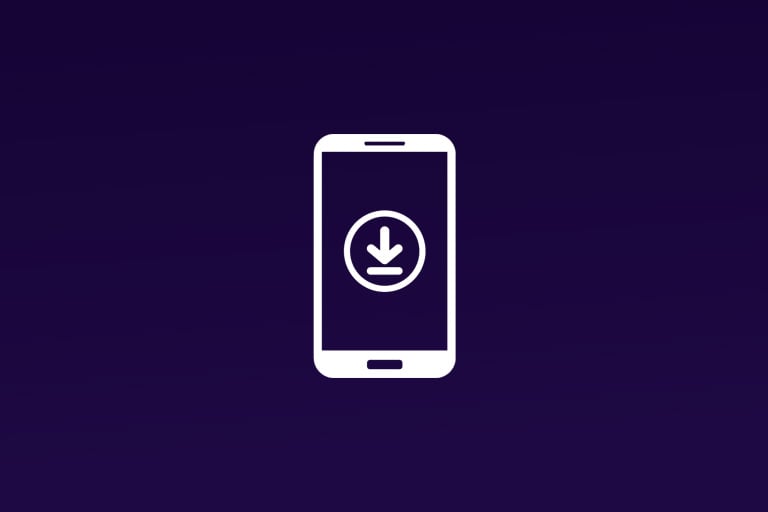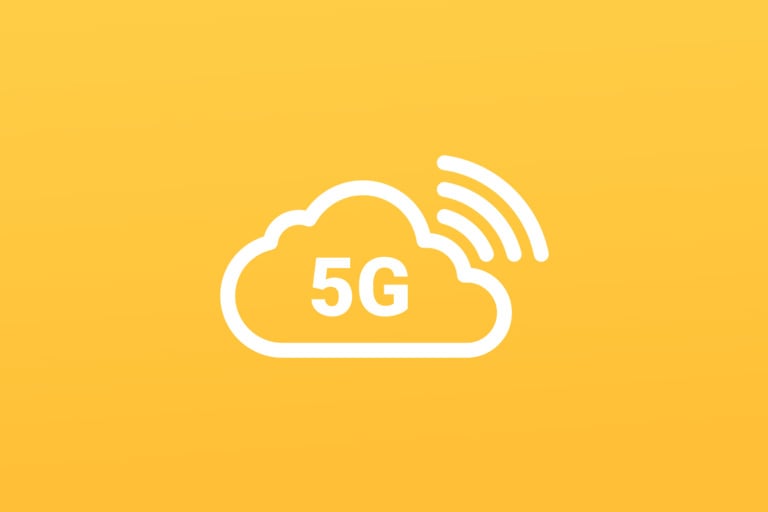Importance of User Acquisition
In addition to user acquisition strategies, other metrics and strategies are equally important, such as user retention, conversion to paid users, and active users. However, formulating user acquisition strategies remains crucial for the following reasons:- Significance in the Launch Phase: During the app's launch phase, user acquisition is paramount. Without users, other metrics and strategies become irrelevant. Therefore, user acquisition strategies represent a critical phase in the app's lifecycle.
- Market Share Acquisition: In a fiercely competitive app market, user acquisition strategies directly determine whether an app can gain sufficient market share. Without users, other metrics and strategies become irrelevant.
- User Feedback and Data Collection: Through user acquisition strategies, apps can gather more user feedback and data, aiding in the enhancement of app functionality and user experience. This feedback and data are crucial for the long-term development of the app.
- Commercialization Requirements: For apps aiming for commercial success, user acquisition strategies are essential prerequisites for obtaining advertising revenue and paid users. Without a sufficient user base, the commercial prospects of the app will be limited.
- Foundation for Sustained Growth: User acquisition strategies establish the foundation for the app's sustained growth. By attracting more users and increasing user engagement, an app can stand out in a fiercely competitive market.
Key Considerations Before User Acquisition
Before delving into user acquisition strategies, it is imperative to grasp several key elements:1. Target Audience Understanding
Understanding the demographics, preferences, and behaviors of the target audience is crucial. This insight informs the selection of appropriate user acquisition channels and messaging that resonates effectively.
2. Competitive Landscape Analysis
A comprehensive understanding of the competitive landscape aids in identifying unique selling propositions and positioning strategies. This analysis helps in crafting user acquisition initiatives that differentiate the app from competitors.
3. App Store Optimization (ASO)
Optimizing app store presence, including keywords, descriptions, and visuals, is fundamental for effective user acquisition. ASO enhances visibility, attracting organic traffic and complementing other user acquisition efforts.
User Acquisition Strategies
- Social Sharing and Referral Rewards: Offer users the functionality to share the app or invite friends and provide rewards such as points, coupons, or in-app virtual items to encourage user participation in sharing and inviting.
- Word-of-Mouth Marketing: Stimulate user-generated word-of-mouth by providing user satisfaction surveys, encouraging users to review the app, or share their experiences to enhance the app's reputation and exposure.
- Partnership Promotion: Collaborate with industry-related brands or organizations to offer special deals or services in order to access the partner brand's user resources.
- Content Marketing: Produce engaging content through blogs, videos, social media, and other channels to generate interest in the app and encourage downloads.
- Targeted Advertising: Utilize the targeting features of social media platforms to precisely target users based on interests, geographic location, and other factors to attract the intended audience to download the app.
- Guided Registration: Simplify the registration process, offer guidance, and rewards to make it easier for users to complete registration and start using the app.
- User Experience Optimization: Continuously improve the app's user experience to enhance usability and appeal, making users more inclined to recommend and share the app.
- Event and Campaign Marketing: Host online or offline events, provide special offers or prizes to engage users and encourage app downloads.







